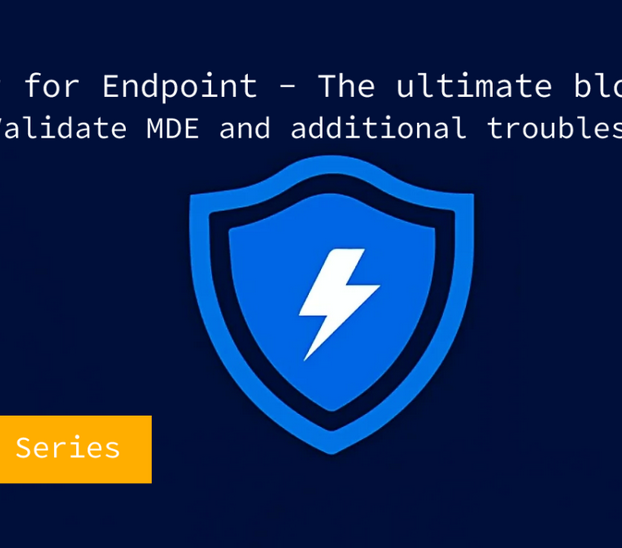Data in transit
Data in transit, or data in transport, refers to data actively moving between devices, be it between user locations and AWS or between AWS services. Given the potential vulnerabilities associated with data transmission, especially over the internet, AWS emphasizes the importance of using secure protocols to protect data as it travels.
AWS employs industry-standard transport layer security (TLS) to encrypt data in transit. AWS uses TLS to secure data when it is moving between AWS service endpoints both via the Internet and within VPCs when using VPC endpoints. Beyond just TLS, AWS also supports virtual private networks (VPNs) to provide an additional layer of security, especially for data traversing over public networks. VPNs create a secure, encrypted tunnel, ensuring data remains confidential and protected from potential eavesdroppers.
Integration
AWS encryption approach is not just about providing tools; it is about integrating these tools seamlessly into the AWS ecosystem. This ensures that as developers and architects build and deploy on AWS, they can do so with the confidence that their data – one of the most valuable assets – remains secure against both external threats and inadvertent internal mishaps.
However, it is crucial to note that while AWS provides the tools and mechanisms, users bear the responsibility of implementing encryption correctly. As mentioned earlier, AWS operates on a shared responsibility model, meaning that while AWS manages the security of the cloud, users are responsible for security in the cloud. This underscores the importance for AWS users to be vigilant, informed, and proactive in their encryption choices and implementations.




